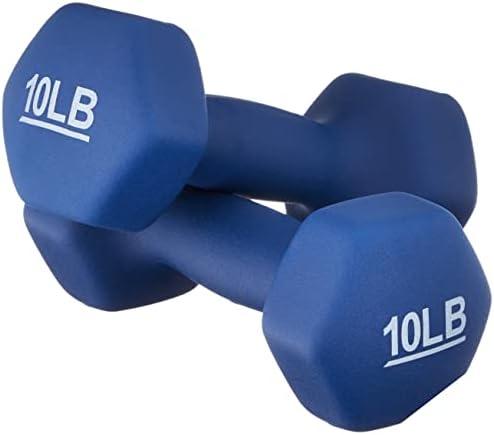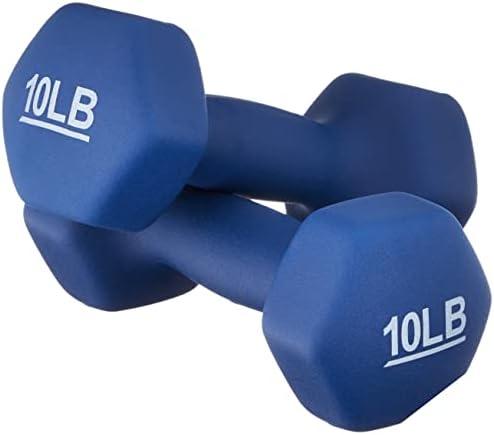As dawn broke, Sarah stood at the edge of her living room, contemplating her workout. The fridge hummed softly behind her, filled with tempting breakfast options. “Should I eat first?” she wondered.
She recalled her friend Jake, who swore by morning runs on an empty stomach, claiming it ignited his energy. But then there was Lisa, who insisted that a light snack fueled her best workouts.
With a deep breath, Sarah decided to experiment. Today, she’d run without breakfast. As her feet hit the pavement, she felt light and free, discovering that sometimes, the best path is the one less traveled.
Table of Contents
- Exploring the Science Behind Fasted Workouts
- Benefits and Drawbacks of Exercising on an Empty Stomach
- Timing Your Meals: Finding the Right Balance for Optimal Performance
- Practical Tips for Safe and Effective Fasted Training
- Q&A
Exploring the Science Behind Fasted Workouts
Fasted workouts have gained popularity among fitness enthusiasts, but what does the science say about exercising on an empty stomach? When you engage in physical activity without having eaten beforehand, your body taps into its stored energy reserves. This process primarily involves the utilization of glycogen, which is stored in the muscles and liver, and fat stores. As your glycogen levels deplete, your body becomes more efficient at burning fat for fuel, potentially leading to improved fat oxidation.
Research indicates that fasted workouts can enhance metabolic adaptations. When you exercise in a fasted state, your body may become more adept at utilizing fat as a primary energy source. This shift can be beneficial for those looking to improve their endurance and overall metabolic flexibility. Additionally, some studies suggest that fasted training may increase the production of certain hormones, such as growth hormone and norepinephrine, which can aid in fat loss and muscle preservation.
However, the effectiveness of fasted workouts can vary based on individual factors, including fitness level, workout intensity, and personal goals. For instance, high-intensity training may suffer in performance when done in a fasted state, as the body may not have sufficient glycogen stores to sustain such exertion. Conversely, moderate-intensity workouts, like steady-state cardio, may be more manageable and even beneficial when performed without prior food intake.
It’s also essential to consider the psychological aspect of fasted workouts. Some individuals report feeling more focused and energized when exercising on an empty stomach, while others may experience fatigue or dizziness. Listening to your body and understanding how it responds to different fueling strategies is crucial. Ultimately, whether to train in a fasted state should be a personal decision, guided by your unique preferences and fitness objectives.
Benefits and Drawbacks of Exercising on an Empty Stomach
Exercising on an empty stomach, often referred to as fasted training, has gained popularity among fitness enthusiasts. One of the primary benefits is the potential for increased fat oxidation. When glycogen stores are low, the body may turn to fat as a primary energy source, which can be advantageous for those looking to shed excess weight. Additionally, some studies suggest that fasted workouts can enhance insulin sensitivity, making it easier for the body to utilize nutrients effectively post-exercise.
Another advantage is the simplicity and convenience it offers. For many, fitting in a workout before breakfast can be easier than trying to schedule meals around a busy day. This approach can also lead to a more focused workout, as individuals may feel less sluggish without a heavy meal weighing them down. Furthermore, some people report feeling a heightened sense of mental clarity and energy during fasted workouts, which can enhance performance and motivation.
However, exercising without eating first is not without its drawbacks. One significant concern is the potential for decreased performance. Without readily available energy from food, individuals may find themselves feeling fatigued more quickly, which can hinder workout intensity and duration. This is particularly relevant for high-intensity or endurance workouts, where glycogen stores play a crucial role in sustaining energy levels.
Moreover, fasted training may not be suitable for everyone. Individuals with certain health conditions, such as diabetes, or those prone to low blood sugar may experience adverse effects, including dizziness or fainting. Additionally, there is a risk of muscle loss if fasted workouts are performed excessively without adequate nutrition afterward. It’s essential to listen to your body and consider personal fitness goals when deciding whether to embrace this approach to exercise.
Timing Your Meals: Finding the Right Balance for Optimal Performance
When it comes to meal timing, understanding your body’s needs is crucial for achieving optimal performance during workouts. Many fitness enthusiasts grapple with the question of whether to exercise on an empty stomach or after a meal. The answer often lies in individual preferences and specific fitness goals. For some, training in a fasted state can enhance fat oxidation, while others may find that a pre-workout snack boosts their energy levels and overall performance.
To find the right balance, consider the following factors:
- Workout Intensity: High-intensity workouts may require more readily available energy, making a light meal or snack beneficial.
- Duration of Exercise: Longer sessions might necessitate fueling beforehand to prevent fatigue and maintain stamina.
- Personal Comfort: Some individuals feel sluggish when exercising after eating, while others may experience hunger pangs if they train on an empty stomach.
- Fitness Goals: If weight loss is your primary aim, fasted workouts might be more appealing, whereas muscle gain often benefits from pre-workout nutrition.
Experimenting with different meal timings can help you discover what works best for your body. For instance, if you choose to work out on an empty stomach, consider the time of day and how your body typically responds to fasting. Morning workouts may feel invigorating for some, while others might struggle with low energy levels. Conversely, if you prefer to eat before exercising, aim for a balanced meal that includes carbohydrates, protein, and healthy fats to fuel your performance.
Ultimately, the key to finding the right meal timing is to listen to your body and adjust accordingly. Keeping a journal of your workouts and how you feel can provide valuable insights into your performance patterns. Remember, there is no one-size-fits-all approach; what energizes one person may hinder another. By paying attention to your body’s signals and experimenting with different strategies, you can optimize your meal timing for enhanced performance and overall well-being.
Practical Tips for Safe and Effective Fasted Training
When considering fasted training, it’s essential to listen to your body and understand its signals. Start with shorter workouts to gauge how your energy levels respond. If you’re new to exercising on an empty stomach, try a light session, such as walking or yoga, before progressing to more intense workouts. This gradual approach allows your body to adapt without overwhelming it.
Staying hydrated is crucial during fasted training. Dehydration can lead to fatigue and decreased performance, so make sure to drink plenty of water before and after your workout. Consider incorporating electrolyte-rich beverages if you’re engaging in longer sessions. This will help maintain your energy levels and support optimal muscle function.
Timing your workouts can significantly impact your performance and recovery. Aim to train at a time when you typically feel most energetic, whether that’s early in the morning or later in the day. Additionally, plan your post-workout meal to ensure you replenish your body with the necessary nutrients. Focus on a balanced intake of **proteins**, **carbohydrates**, and **healthy fats** to support recovery and muscle growth.
Lastly, pay attention to your overall nutrition and lifestyle. Ensure you’re consuming a well-rounded diet that meets your energy needs on non-training days. Incorporate a variety of **whole foods**, including fruits, vegetables, lean proteins, and whole grains. This will not only enhance your performance during fasted workouts but also support your long-term health and fitness goals.
Q&A
-
Is it safe to workout on an empty stomach?
Yes, for most people, exercising on an empty stomach is safe. However, it’s essential to listen to your body. If you feel dizzy or weak, consider having a light snack before your workout.
-
Will I burn more fat if I exercise on an empty stomach?
Some studies suggest that fasted workouts may increase fat oxidation. However, the overall impact on weight loss is minimal compared to total calorie expenditure throughout the day.
-
What types of workouts are best done on an empty stomach?
Low to moderate-intensity workouts, such as walking, yoga, or light jogging, are generally well-suited for fasted training. High-intensity workouts may require some fuel for optimal performance.
-
How does fasting affect my performance?
Fasting can lead to decreased energy levels, which may impact performance, especially in high-intensity workouts. If you notice a drop in your performance, consider adjusting your pre-workout nutrition.
the choice to work out on an empty stomach hinges on personal preference and fitness goals. Listen to your body, experiment with different approaches, and find what fuels your journey to wellness. Your path to fitness is uniquely yours!

大家好,我是彼得潘,專業的手法身體治療師。我喜歡探索和研究各種主題,並透過與人工智慧的合作分享專業、實用、有趣的文章。我們定期進行人工審核,以確保內容的準確性。如果您發現文章中有任何不準確的地方,請隨時與我們聯繫,我們會及時糾正。您可以透過 [email protected] 與我們聯繫。



